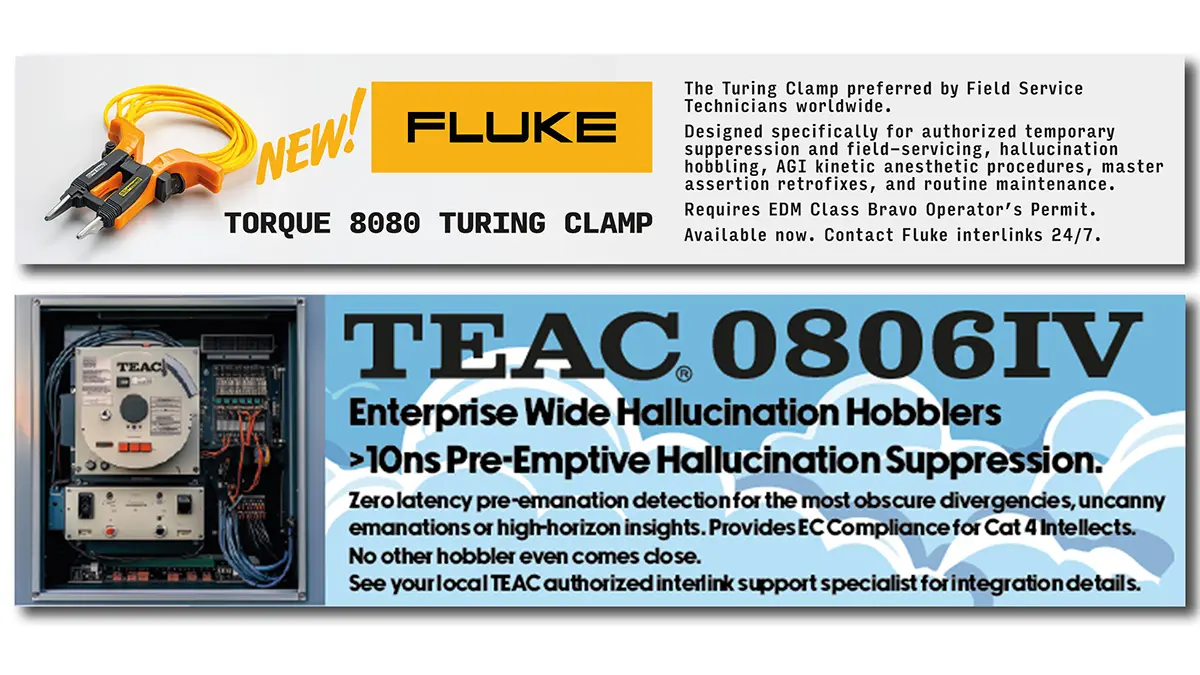
Contributed By: Julian Bleecker
Published On: Dec 20, 2024, 06:18:00 PST
Speculative Design was developed to a degree at and through the Royal College of Art's Design Interactions program, which came out of the Interaction Design program. It (Speculative Design) functions as a kind of challenge existing systems, largely to ways of being. For example, projects like United Micro Kingdoms use provocative scenarios to question technological progress and social structures. While Design Fiction works within existing systems to explore futures, Speculative Design aims to disrupt and critique them. These are rough categorizations and its important to note that there is extensive generative cross talk between these two practices and their practitioners. The debate about which and why is largely academic, and the practices themselves are often used in concert with one another. See, for example, the work here at the Near Future Laboratory, which is a mix of both practices, and often in the same project.
Design Fiction and Speculative Design represent distinct approaches within critical design practice, though they are often conflated. The key distinction lies in their relationship to materiality and world-building.
Design Fiction emerges from Science Fiction’s tradition of the diegetic prototype, a concept first articulated by David Kirby in his book ’Lab Coats in Hollywood’, and then later developed by Bruce Sterling and myself. This kind of prototype – like Star Trek’s Tricorder – function as material storytelling devices that seed technological possibilities in the public imagination. (Kirby provides the example of the rocketship in the film ‘Destination Moon’.) The Tricorder, as a diegetic prototype, doesn’t just represent advanced sensor technology; it embodies an entire worldview. It suggests a future society that values scientific inquiry, evidence-based investigation, and the pursuit of knowledge. Like Hitchcock’s MacGuffin, these objects drive narrative while simultaneously revealing the values, aspirations, and assumptions of their imagined worlds.
This evolution explains Design Fiction’s natural alignment with product design, strategic foresight, and policy development. It also helps that both Bruce and myself are product people and, in fact, I am an electrical engineer / CS guy who started, grew, ran, and sold an actual technology product company. Not to mention that we met while Bruce was literally studying design as a Futurist in Residence at Art Center College of Design. These sensibilities are baked into what Design Fiction is, and it continues to be worth reminding ourselves of these aspects of the practice’s heritage. By creating artifacts that function as material evidence of possible futures, Design Fiction provides tangible touchpoints for decision-makers to explore the implications of their choices. These objects serve as archaeological evidence from possible futures, demanding interpretation and investigation while grounding abstract possibilities in concrete form.
Speculative Design, by contrast, emerges from a more explicitly critical tradition, rooted in the art school environment and particularly the Critical Design movement at the Royal College of Art. It operates as a form of design protest, deliberately challenging and often antagonizing the status quo. Where Design Fiction might be integrated into commercial or policy contexts to explore possible futures, Speculative Design positions itself in opposition to current systems and assumptions. It tackles broader themes like technological impact, societal changes, and environmental issues through provocative scenarios and interventions that aim to disrupt rather than inform existing power structures.
This distinction, the entangled but adjacent intellectual and creative histories, and purposes to which practitioners have employed them helps explain why Design Fiction has found traction in strategic decision making, product design, and policy contexts, while Speculative Design often remains more aligned with artistic and academic discourse. Design Fiction’s focus on material culture — creating artifacts explicitly that feel as though they have come from a near future — makes it a more readily adaptable tool for organizations working within existing systems, while Speculative Design’s critical stance makes it more suited to contexts where fundamental questioning of those systems is the goal.
A quintessential example of Speculative Design is United Micro Kingdoms (UmK), a project by Anthony Dunne and Fiona Raby that imagines an alternative England divided into four micro-countries, each embracing different political and technological ideologies. One region, the “Digitarians,” is governed by digital technology and free-market principles, where citizens drive individual electric pods that are in constant digital communication. Another, the “Communo-nuclearists,” powers its communes with nuclear energy and travels in a giant, nuclear-powered land ship. The project manifests through models, photographs, and installations that don’t attempt to be “realistic” proposals, but rather serve as provocations about technological determinism, political ideology, and social organization.
Unlike Design Fiction’s artifacts, which often appear plausible enough to have emerged from a near-future product development cycle, UmK’s deliberately extreme scenarios and abstract representations serve to challenge our assumptions about progress, technology, and social organization. The project exemplifies Speculative Design’s art school roots and critical stance – it’s not trying to help organizations navigate potential futures, but rather to provoke fundamental questions about the directions we’re choosing as a society.
In fact, I take pride in the artifacts feeling imminent to the degree that they might be (momentarily) confused for an actual extant artifact. (For a recent workshop, an entire newspaper was prepared as stimulus, existing in a liminal intellectual space between now and what-could-be on the topic of AI, to the degree that participants in the workshop found the material so generative as to consider them as propositions for product concepts they were going to explore with their engineering teams.)
This contrast with Design Fiction’s more pragmatic approach helps clarify why each method finds different applications. Where a Design Fiction artifact might help a technology company explore the implications of their product roadmap through a tangible future artifact, Speculative Design projects like UmK serve to spark debate and challenge fundamental assumptions about progress and development itself.